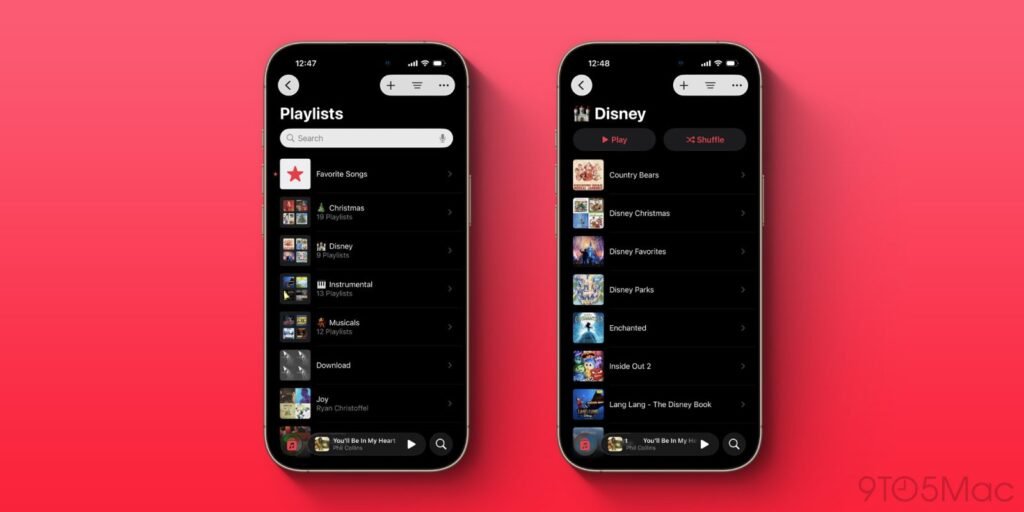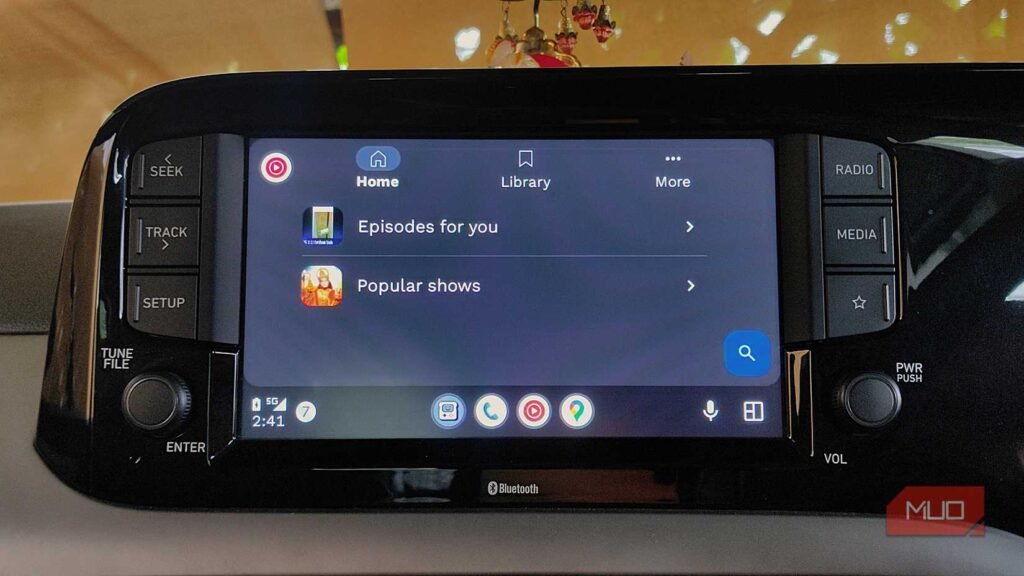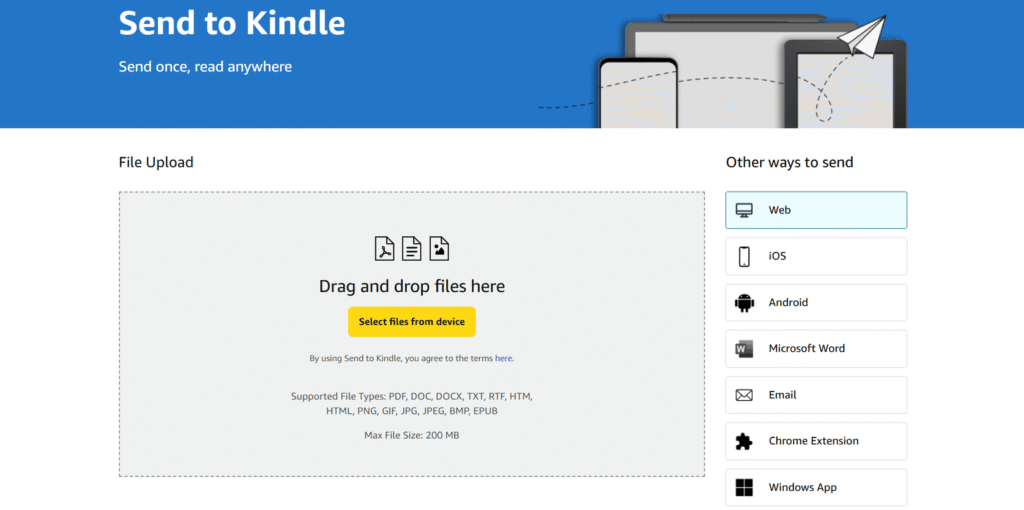By Terry Houin
The good ol’ days — flipping open the Panasonic Toughbook and waiting while the FalconView mapping program grinds awake so we can start a journey across the dusty shitscape of Afghanistan. Not too many souls reading this will remember those early days of marrying maps and satellite imagery for planning routes. Crude by today’s standards, but light years ahead of the paper maps we were short on in 2001.
Fast forward a couple decades and most people can’t imagine not having an app at your fingertips allowing you to see a gnat’s ass on the side of a mountain in surprisingly high resolution along with a host of other useful information for planning, scouting, and in-field use.
At the top of my list is Spartan Forge, as it’s the only one that I know of with a unique feature that we’ll cover in a minute. Along with the satellite imagery and topographical map layers like most of the competitors have, Spartan Forge also employs a UAV layer that features some of the most recent and highest-resolution imagery available anywhere. Adding to that sweet visual candy something near and dear to my old military heart is the LiDAR layer, which was our primary route-planning layer, bouncing around some dusty and dangerous places.
Spartan Forge LIDAR Technology
LiDAR (Light Detection and Ranging) is a remote sensing technology that uses laser pulses to measure distances. The system fires rapid beams of light, measures how long they take to bounce back, and then builds a precise 3D map of the environment. Think of it as stripping all the foliage off the landscape and revealing all the intricate details of the terrain.
You’ll thank me when you can look at the mountain and avoid the hell holes that you can’t see on satellite imagery. Now a few more tools on the map side to help with looking for hidden benches and other hidey holes or places the ol’ Wapiti likes to hang out.
On the desktop version I turn on the split screen. On one side, I’ll have the UAV imagery up to see what’s on the ground for cover and food along with toggling the sun exposure for the time of year and time of day I’ll be hunting. The other side will have the LiDAR with slope angle on to find flat benches for bedding or areas the animals will use for travel between food and bedding.
A couple of more fun tools on the map side include the 3D mode, which allows the user to drag the image to get a look at the terrain from different angles and elevations. They also have an Eagle Eye mode, which is UAV imagery from an angle to see into areas hidden from the traditional overhead imagery.
Did I mention the Blue Force Tracker? Along with all of your information, you can use the BFT function to create a team for anyone else in your hunting group or hunt club. The tech enables sharing intel, waypoints or your location to help pack out a kill or share some Montucky cold snacks.
More Super-Nerd Tech for Hunters
Spartan Forge also has all of the state layers for game management units, public and private ground, along with agricultural, fire, and timber harvest history like some of the other apps. And it allows you to import all your points from other mapping apps so you don’t have to try and recreate all of your gathered intel from years’ past.
Now a few of the other fun functions. the Intel section features a plethora of data from current weather and lunar cycles, but it also includes a prediction model based on a lot of sciencey stuff for animal movements and patterns, rut predictions, and historical winds.
And if you have some free time and like rabbit holes, the CyberScout (only on the desktop version) is an AI tool created by the knuckle draggers at Spartan Forge. It gives you real answers and none of the P.C. or woke answers you get from most language models. I started with a simple question about mapping for a habitat project on the farm and ended up three hours later discussing my favorite bourbon with my new best friend.
This is just a quick overview of some of the main features of Spartan Forge on the laptop. The phone app has almost all of these features minus a few that take too much data to be worth messing with in the field. Like other apps, you can download as much imagery as your phone can handle for offline maps.
Cost: Starting at $799 per year.
Pros – Outstanding high-resolution UAV imagery, LiDAR, split screen, LiDAR, 3D view, LiDAR, CyberScout, and did I mention LiDAR.
Cons – CyberScout will eat an afternoon, but we are bonding.










